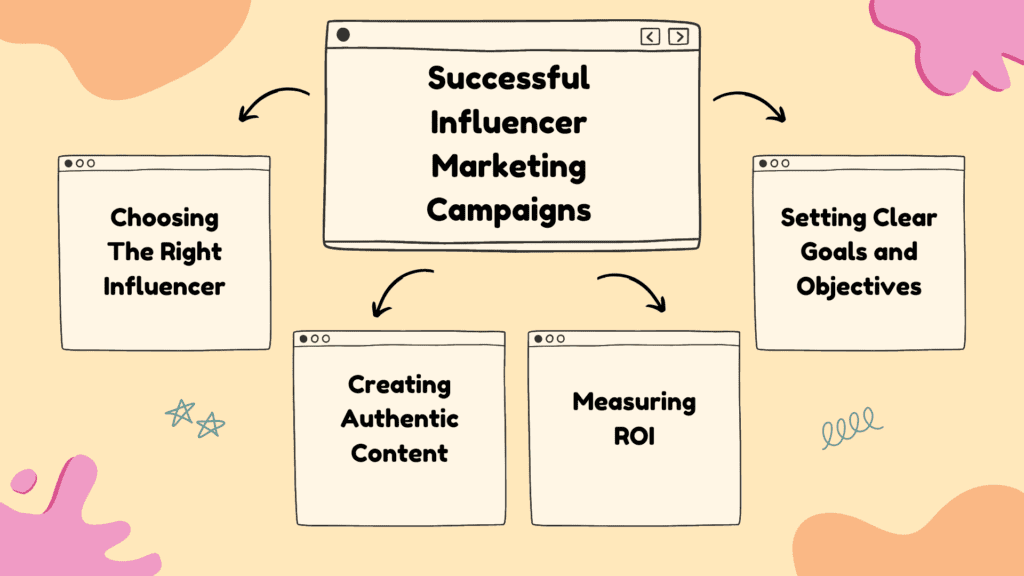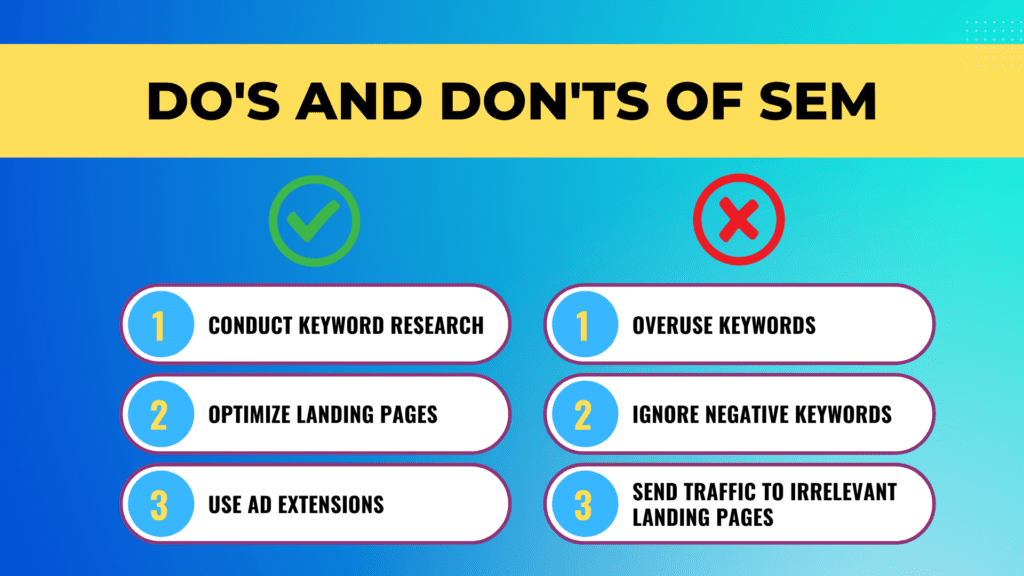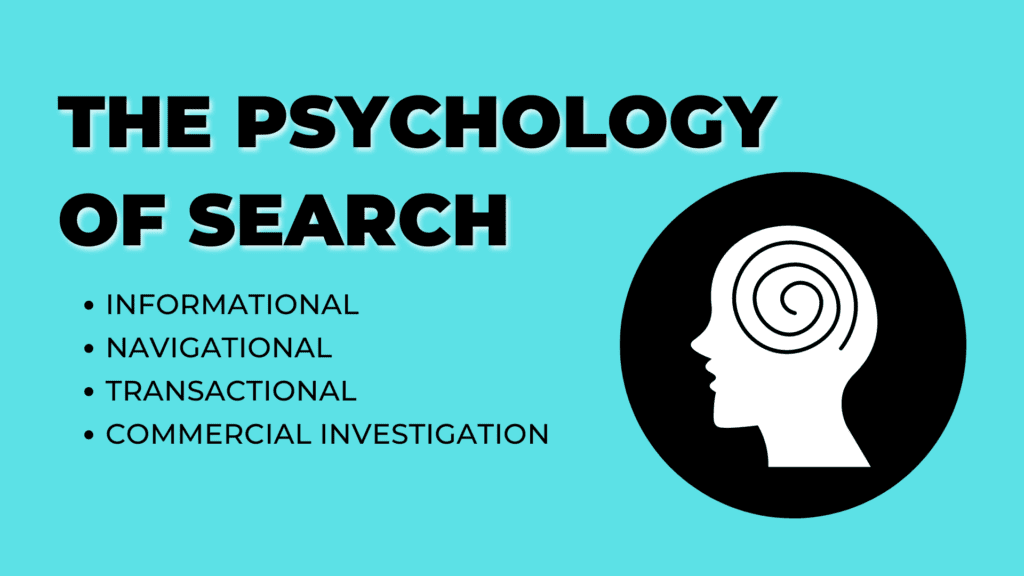User experience (UX) is an essential element of website design and development that has a significant impact on search engine optimization (SEO). The purpose of UX is to provide a positive and meaningful experience for users, enabling them to accomplish their goals efficiently and effectively while interacting with a website.
In this article, we will explain the importance of UX in SEO and provide a brief overview of the article that we need to outrank in Google.
What is User Experience (UX)?
User experience (UX) refers to the overall experience a user has while interacting with a website or application. UX encompasses all aspects of the user’s interaction with a website, including the user interface (UI), design, content, functionality, and accessibility.
UX is not only about creating a visually appealing website, but it is also about providing a positive and meaningful experience to users. The goal of UX is to make sure that users can accomplish their goals quickly and easily while interacting with a website.
Why is UX important for SEO?
Search engines like Google place a high emphasis on user experience when ranking websites in search engine results pages (SERPs). Websites that provide a positive and meaningful user experience are more likely to rank higher in SERPs than those that do not.
A website that provides a positive UX will have lower bounce rates, longer session durations, and higher conversion rates. These metrics indicate to search engines that users find the website valuable, and as a result, the website is more likely to rank higher in SERPs.
The Relationship Between UX and SEO

Explanation of how UX impacts SEO
User Experience (UX) refers to the overall experience that a user has while interacting with a website or an app. It includes factors such as ease of navigation, website speed, content quality, and overall design.
UX is critical to Search Engine Optimization (SEO) because search engines like Google are focused on providing the best possible search results to their users. Therefore, websites that prioritize good UX will generally have better SEO rankings than those that don’t.
Examples of how UX affects SEO rankings
One example of how UX affects SEO rankings is website speed. Slow-loading websites can lead to a high bounce rate, which negatively affects SEO rankings. Another example is mobile optimization.
Since mobile devices are now the primary way that people access the internet, websites that are not optimized for mobile devices will have lower SEO rankings. In contrast, websites that are easy to navigate, have high-quality content, and are visually appealing tend to have better SEO rankings.
The role of UX in Google’s algorithm
Google’s algorithm takes into account several factors when ranking websites, and UX is one of them. Google has indicated that UX is an important ranking factor, and it uses a variety of signals to evaluate a website’s UX. These signals include website speed, mobile-friendliness, website security, and the overall user experience.
Websites that meet these criteria are more likely to rank higher in Google’s search results, which can lead to increased traffic and visibility. Therefore, it’s crucial for website owners and digital marketers to prioritize UX when developing and optimizing their websites.
Key Elements of UX That Impact SEO
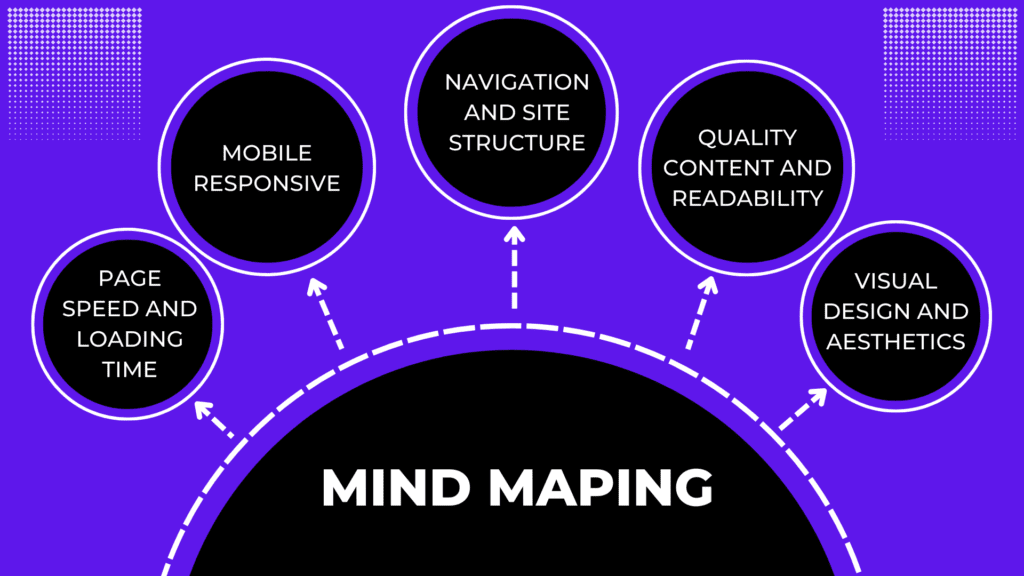
Page speed and loading time
Page speed and loading time are crucial factors for the success of any website. If a website takes too long to load, visitors are likely to abandon it and move on to another site. Google also considers page speed as a ranking factor in search results. Therefore, it is essential to optimize your website’s page speed and loading time to ensure that users have a good experience and your website ranks well in search results.
Mobile responsiveness
With the increasing use of mobile devices, having a mobile-responsive website has become a necessity. Mobile-responsive websites adapt to different screen sizes, ensuring that users have a good experience on any device they use.
A mobile-responsive website is also a ranking factor in search results. Therefore, it is crucial to ensure that your website is mobile-responsive and provides a good user experience on any device.
Navigation and site structure
The navigation and site structure of a website is crucial for providing a good user experience. A well-designed navigation menu and clear site structure make it easy for users to find the information they need on your website. A good site structure also makes it easier for search engines to crawl and index your website’s pages, which can improve your website’s SEO.
Quality content and readability
Quality content is one of the most critical factors for the success of a website. High-quality, relevant, and engaging content helps keep visitors on your website and encourages them to return.
It also helps improve your website’s SEO, as search engines prioritize websites with high-quality content. Readability is also essential, as users are more likely to engage with content that is easy to read and understand.
Visual design and aesthetics
The visual design and aesthetics of a website are important for providing a good user experience. A visually appealing website can create a positive impression on visitors and encourage them to engage with your website’s content.
The use of high-quality images, videos, and other visual elements can also help enhance your website’s content and make it more engaging. However, it’s important to balance aesthetics with functionality and ensure that your website is easy to navigate and use.
Benefits of Prioritizing UX in SEO
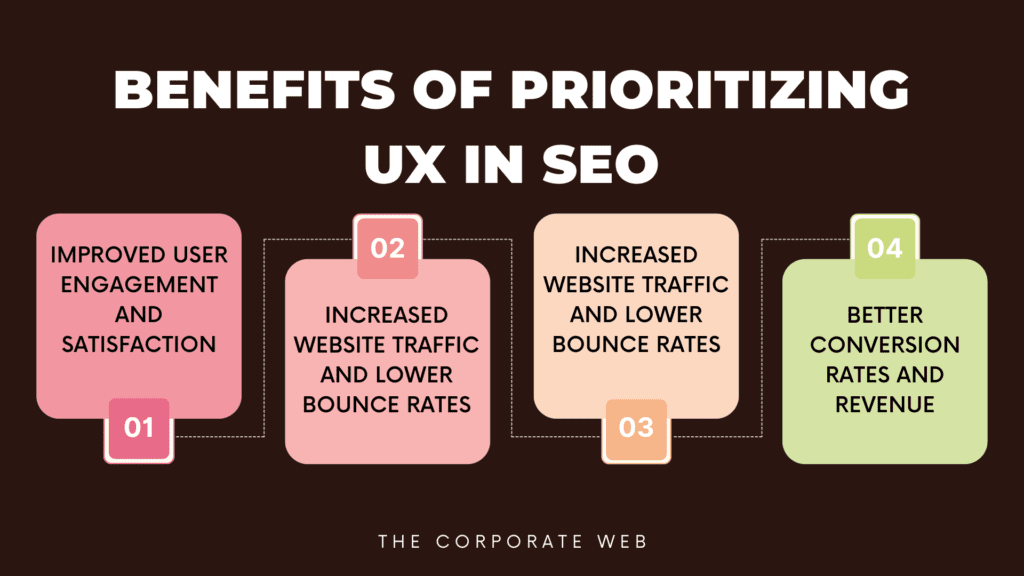
Improved user engagement and satisfaction
Focusing on improving your website’s user experience (UX) can lead to improved user engagement and satisfaction. Users are more likely to engage with your website and spend more time on it if they find it easy to use, visually appealing, and high-quality content.
A positive user experience can lead to increased brand loyalty, customer satisfaction, and positive reviews, which can benefit your business in the long run.
Increased website traffic and lower bounce rates
Optimizing your website’s UX can lead to increased website traffic and lower bounce rates. A website that is user-friendly, loads quickly, and provides relevant and engaging content is more likely to attract and retain visitors.
A lower bounce rate means that users are spending more time on your website, which can increase the chances of them converting into customers.
Better conversion rates and revenue
A website that provides a positive user experience can lead to better conversion rates and revenue. Users are more likely to convert into customers if they find your website easy to navigate, visually appealing, and providing relevant and high-quality content. A positive user experience can also increase customer satisfaction, which can lead to repeat business and positive referrals.
Competitive advantage over other websites
By focusing on improving your website’s UX, you can gain a competitive advantage over other websites in your industry. A website that is easy to use, visually appealing, and provides high-quality content can stand out from the competition and attract more customers.
A positive user experience can also lead to better search engine rankings, which can increase your website’s visibility and reach a wider audience. By providing a better user experience than your competitors, you can differentiate your business and create a lasting impression on your customers.
Best Practices for Optimizing UX in SEO
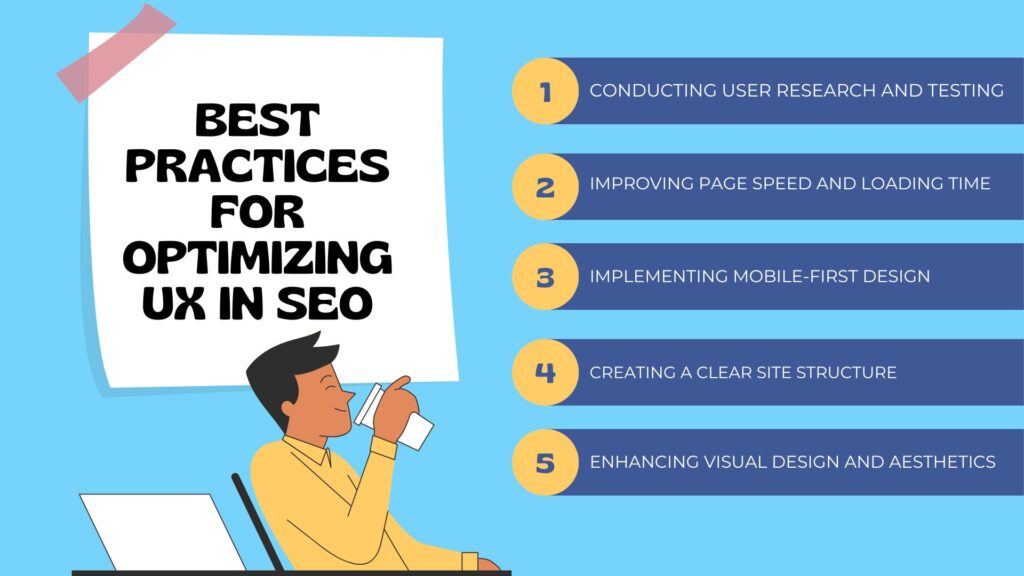
Conducting user research and testing
To improve your website’s user experience (UX), it’s important to conduct user research and testing. User research can help you understand your target audience’s needs, preferences, and pain points, which can guide your website design and content strategy.
User testing can help you identify usability issues, such as confusing navigation, broken links, or slow load times, that can negatively impact your website’s UX. By incorporating user feedback into your website design and content, you can create a more user-friendly website that meets your users’ needs.
Improving page speed and loading time
Page speed and loading time are critical factors for providing a positive user experience. Slow loading times can frustrate users and lead to higher bounce rates. To improve page speed and loading time, you can optimize images, use caching techniques, and minimize the use of unnecessary plugins and scripts.
A faster website can lead to better user engagement, improved search engine rankings, and increased conversions.
Implementing mobile-first design
With more and more users accessing websites on their mobile devices, it’s important to implement a mobile-first design approach. Mobile-first design involves designing your website for mobile devices first, then scaling up to desktop devices.
This approach ensures that your website is optimized for smaller screens, touch-based interactions, and slower internet speeds. A mobile-first design can improve your website’s user experience on mobile devices, which can lead to increased engagement and conversions.
Creating a clear and intuitive site structure
A clear and intuitive site structure can help users find the information they need quickly and easily. A well-designed navigation menu, clear page hierarchy, and relevant links can make it easy for users to navigate your website and find what they’re looking for.
A clear and intuitive site structure can also improve your website’s search engine optimization (SEO), as search engines prioritize websites with well-organized and structured content.
Writing quality content and optimizing for readability
Quality content is crucial for providing a positive user experience. High-quality, relevant, and engaging content can keep users on your website and encourage them to return. Optimizing your content for readability, by using headings, bullet points, and shorter sentences can also improve your website’s user experience.
Readable content is easier to understand, which can lead to better engagement, increased conversions, and better search engine rankings.
Enhancing visual design and aesthetics
Visual design and aesthetics can make a significant impact on your website’s user experience. A visually appealing website can create a positive first impression, encourage users to engage with your content, and differentiate your website from competitors.
Enhancing visual design and aesthetics can involve using high-quality images, videos, and graphics, and selecting a color scheme and typography that aligns with your brand. However, it’s important to balance aesthetics with usability and ensure that your website is easy to navigate and use.
Conclusion
Recap of key points
In this article, we’ve explored how user experience (UX) impacts search engine optimization (SEO). We’ve discussed various factors that contribute to a positive user experience, including page speed and loading time, mobile responsiveness, navigation and site structure, quality content and readability, and visual design and aesthetics.
We’ve also highlighted the benefits of improving UX, such as increased user engagement and satisfaction, lower bounce rates, better conversion rates, and a competitive advantage over other websites.
Finally, we’ve outlined some best practices for improving UX, such as conducting user research and testing, improving page speed and loading time, implementing mobile-first design, creating a clear and intuitive site structure, writing quality content, optimizing for readability, and enhancing visual design and aesthetics.
Emphasis on the importance of prioritizing UX in SEO
It’s clear that UX plays a critical role in SEO. By providing a positive user experience, you can improve your website’s search engine rankings, attract more traffic, and increase conversions.
Search engines like Google prioritize websites that provide a positive user experience, as this aligns with their goal of providing the best possible search results for their users. As such, it’s important to prioritize UX in your SEO strategy, rather than solely focusing on technical optimizations or keyword stuffing.
Call-to-action to implement UX best practices for better SEO results
If you’re looking to improve your website’s search engine rankings and attract more traffic, implementing UX best practices should be a key part of your strategy.
By conducting user research and testing, improving page speed and loading time, implementing mobile-first design, creating a clear and intuitive site structure, writing quality content and optimizing for readability, and enhancing visual design and aesthetics, you can create a more user-friendly website that meets the needs of your target audience.
This can lead to increased engagement, lower bounce rates, better conversion rates, and a competitive advantage over other websites. So, if you haven’t already, it’s time to start prioritizing UX in your SEO strategy for better results!
Read More: Link Building 101: The Ultimate Guide To High-Quality Backlinks
FAQs Related User Experience in SEO
What is the relationship between UX and SEO?
UX (user experience) is closely tied to SEO (search engine optimization) because search engines like Google prioritize websites that provide a positive user experience. By improving your website’s UX, you can improve your search engine rankings and attract more traffic.
What are some key factors that contribute to a positive user experience?
Some key factors include page speed and loading time, mobile responsiveness, navigation and site structure, quality content and readability, and visual design and aesthetics.
How can improving UX benefit my website?
Improving UX can lead to increased user engagement and satisfaction, lower bounce rates, better conversion rates, and a competitive advantage over other websites.
What are some best practices for improving UX?
Best practices include conducting user research and testing, improving page speed and loading time, implementing mobile-first design, creating a clear and intuitive site structure, writing quality content and optimizing for readability, and enhancing visual design and aesthetics.
Why is page speed important for UX and SEO?
Page speed is important for both UX and SEO because users expect fast-loading websites, and search engines like Google prioritize websites that load quickly. Slow-loading websites can lead to increased bounce rates and lower search engine rankings.
What is mobile-first design and why is it important for UX?
Mobile-first design is an approach to web design that prioritizes the mobile experience over the desktop. This is important for UX because more and more users are accessing websites from their mobile devices, and a positive mobile experience can lead to increased engagement and satisfaction.
How can I conduct user research and testing for my website?
There are a variety of methods you can use, such as surveys, interviews, user testing, and analytics. These methods can help you understand your users’ needs and preferences, and identify areas for improvement.
Why is quality content important for UX and SEO?
Quality content that is easy to read and understand can enhance the user experience and lead to increased engagement and satisfaction. From an SEO perspective, high-quality content can also improve search engine rankings by attracting links and shares.
What role does visual design play in UX?
Visual design plays an important role in UX because it can impact users’ emotional responses and perceptions of a website. A visually appealing website can enhance the user experience and lead to increased engagement and satisfaction.
How can I measure the success of my UX improvements?
There are a variety of metrics you can use, such as bounce rate, time on page, conversion rate, and user feedback. By tracking these metrics over time, you can assess the effectiveness of your UX improvements and make further adjustments as needed.
Read More: Maximizing SEO Success through Exceptional User Experience: 7 Proven UX Strategies



